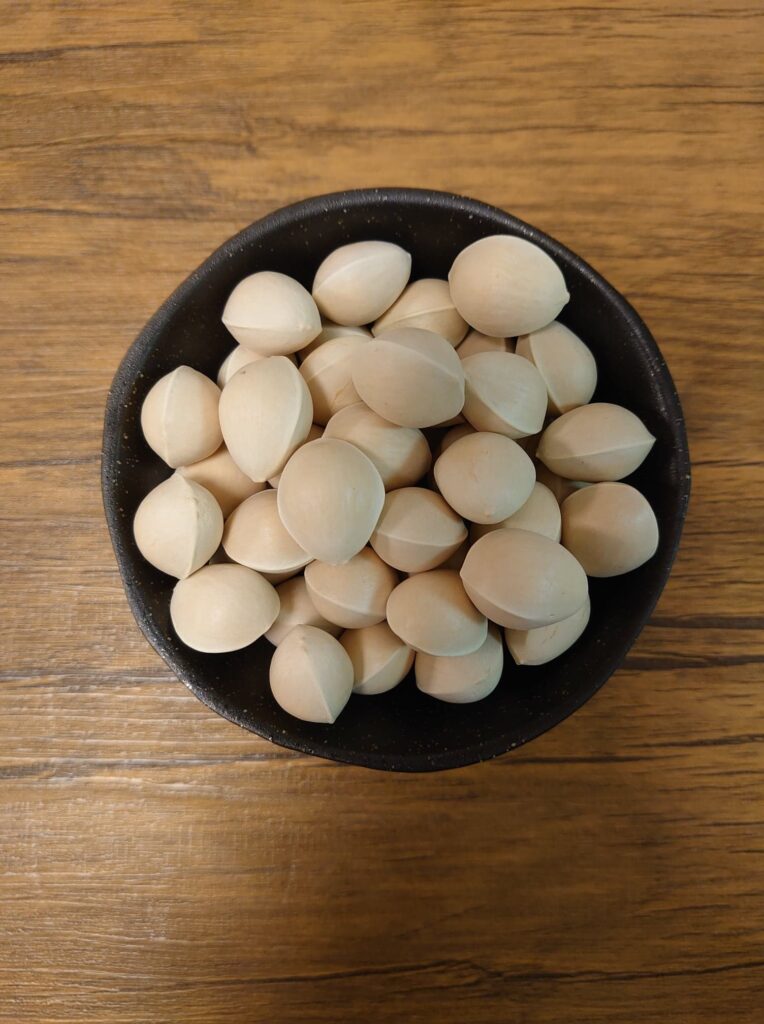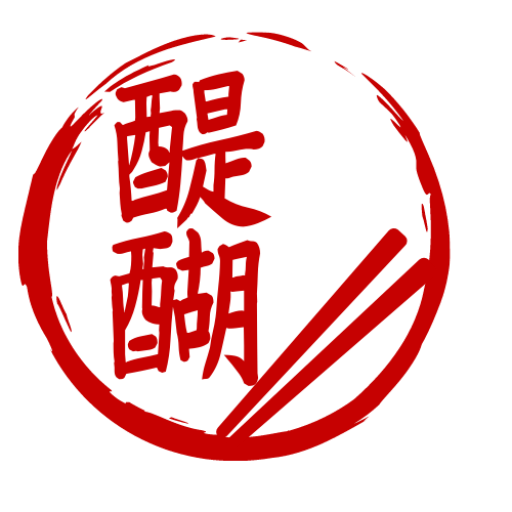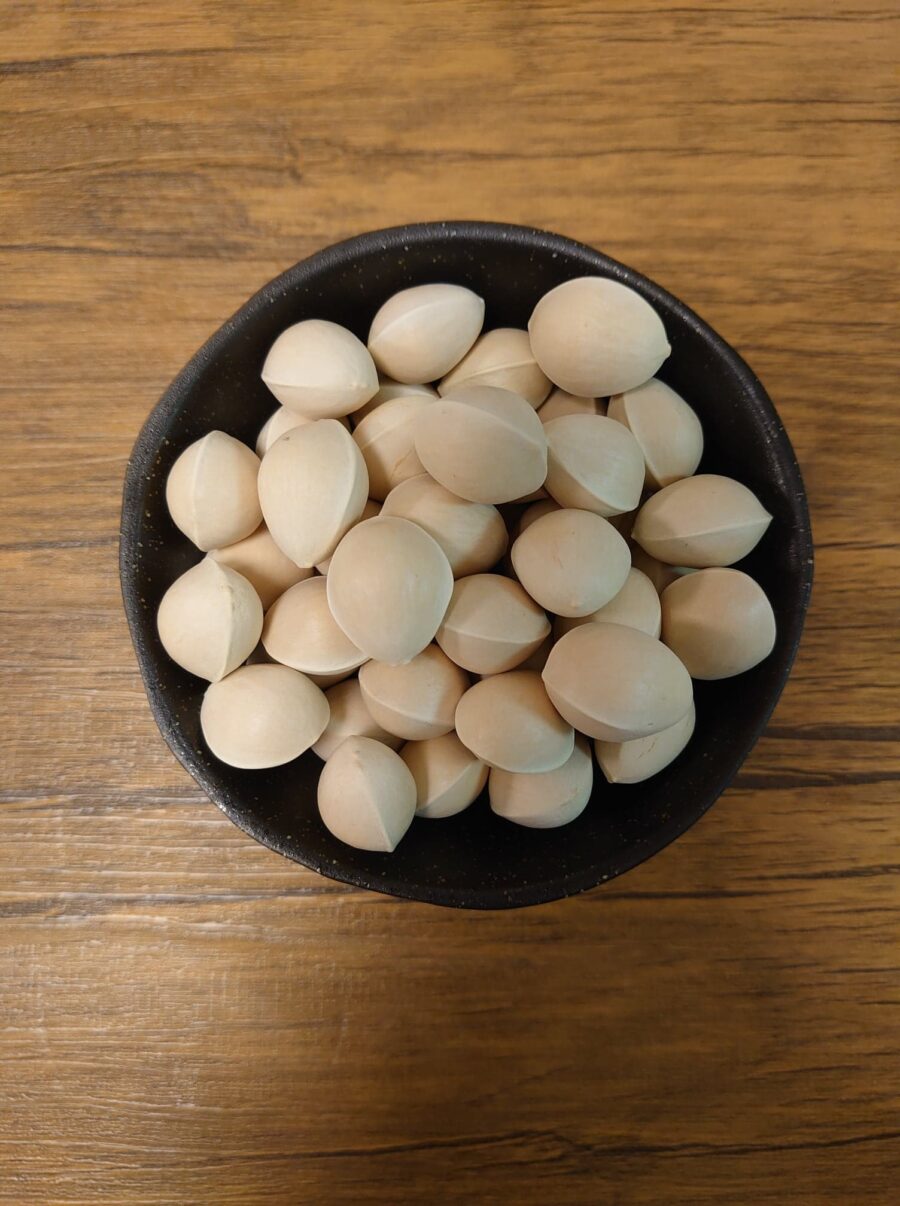Autumn in Japan is great! Leaves turn red and yellow, temperatures are still fairly warm, and most days are sunny. While I was growing up in Northern Italy, I always had an image of Autumn being rainy, chilly, and overall a time to stay home, but since I moved to Osaka it’s been the total opposite: jogging, hiking, or simply strolling around my neighborhood, in my free time I spend way more time outside than at home.
It’s during one of these strolls, while looking at the beautiful golden leaves of the trees lining up the street, that I noticed something that somewhat ruined the otherwise idyllic situation: a rather unpleasant smell, like something going rotten. I looked around, but there were no signs of abandoned rubbish or other similar pollutants. I noticed that there were some crushed fruits under my boots though. Some of you might have guessed the reason for the smell: the beautiful yellow-leafed trees were smelly Ginkgos.
The Ginkgo: a smelly, but sturdy, tree.
Native to China, but currently present in many places around the World, the Ginkgo tree is a fairly common sight in urban environments, since the tree is very resistant to smog, pests, and diseases. Their branch structure makes them fairly easy to prune, so they are relatively low-cost to maintain, and their yellow-golden leaves are stunning in Autumn. No wonder that they are widely planted in cities the World over, with Japan not being the exception: due to the cultural and geographic proximity to China the ginkgo tree (called ichō イチョウ in Japanese) is believed to having arrived in Japan during the 14th century.

I had encountered the ginkgo tree in Italy as well; I remember there was a very tall tree in the courtyard of my elementary school when I was a kid, which was one of my favorite trees because it would turn all yellow. And yet, I have no recollection of it being smelly! I now know that it must have been a male tree: the smell that can be sensed around ginkgo trees actually comes from their fruits, which are only produced by female trees. Since in many cities, Milan included, the ginkgoes are planted only for ornamental purposes, I never came across a smelly ginkgo before.
In Asia though, the gingko has also a dietary purpose: as some wise forager learned a while ago, if you have the courage to go past the foul smell of the fruit, you are in for a treat. Enter the gingko nuts, or ginnan 銀杏 as it is known in Japan.
A nutty jelly bean: ginnan.
The seeds (or nuts) inside the gingko fruit are whitish and tough to crack. While less smelly than the fruit, they still have a peculiar odor, that I personally find close to aged cheese. Crack the outer husk open though, and the inside core of the ginnan is green and lucent – almost resembling a jelly bean – not smelling at all and tasty (after being cooked!).

Roasted and sprinkled with salt, deep fried, boiled or added as ingredient in hot-pots and chawan mushi 茶碗蒸し (a kind of egg custard that is often eaten with sushi), ginnan are very versatile. There is a very important precaution to take when consuming ginnan though: the nut contains a chemical component that while harmless if the nut is consumed in small quantities (for most people: there are reports of allergic reactions caused by simply touching the nut) can become toxic if the nuts are eaten in big quantities or too frequently. Eating less than 10 nuts in one day seems to be the safest option, according to Japanese common knowledge, that gets to less than 5 in the case of kids.
Don’t be overly worried though: if you take the simple precaution of not eating too many, and are willing to go beyond the gingko nut not-to-inviting smell, you are in for a treat!

